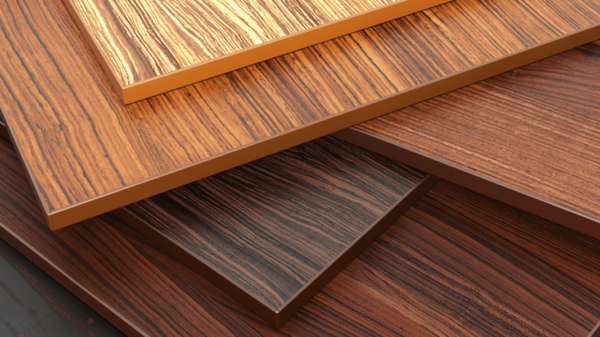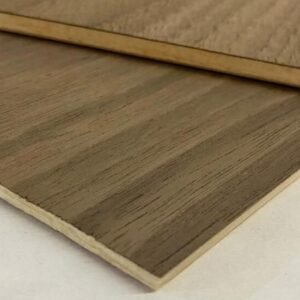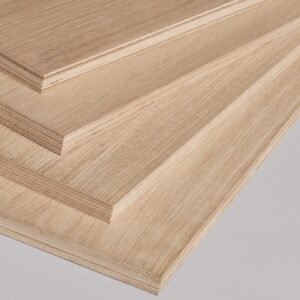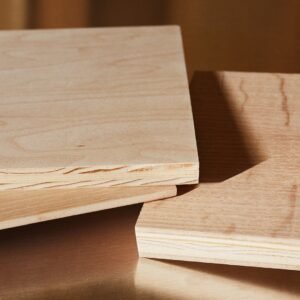Description
Teak Plywood
Teak Plywood, oily brightness, homogeneous material color, and straight texture are characteristics of teak plywood. From the texture of the pomelo, which lacks an obvious chalk line (muscle) or blood and oil stain, a chalk line line distribution results; the thinner the line, the higher the oil quality; the better the quality, the larger the tree, the higher the density; the rings, due to pressure and irregular distortion, present creations of lovely decorative pattern; delicate, expertly referred to as face. Natural teak is being utilized extensively in a variety of products, including furniture, MDF veneer, wooden doors, cabinets, star hotel décor, and wood flooring.
Plywood with a teak veneer is typically not considered to be “marine grade.” So long as your finished product won’t be directly exposed to the weather, our teak plywood is a premium exterior-grade sheet bonded with a surface veneer of FEQ Asian teak that’s ideal for marine cabinets, table tops, teak accessories, and the like.
Our teak face plywood is created by covering an exterior-type plywood substrate with teak veneer. Cabinets and interiors are typical boat applications for the standard grade panel. Although there is no warranty provided for exterior applications, it has also been utilized with some success there. For any form of marine use, the plywood must be completely sealed on both sides and edges with an appropriate marine or external varnish.
Beautiful marine plywood like our teak plywood is frequently used for cabin soles. Medium density and excellent rot and mildew resistance characterize teak plywood. Teak and Holly builds its veneers with a waterproof adhesive and a tropical hardwood for the core. Teak can clog sand paper and dull edged instruments because of the natural oils and silica it contains. For optimal results, use a blade with a carbide tip.
The grain normally runs along the 8′ dimension and is book matched. Standard Teak wood veneer of the A grade often has a consistent hue and permits minor flaws like sporadic pin knots, mineral streaks, and very faint figure or flashing. Teak is a sturdy, thick, and oily hardwood that is very simple to deal with. It has a medium porous grain, a consistent coarse texture, and a substantial weight. The wood is typically not stained, but it looks great with a clear coat, particularly a wipe-on oil finish, which highlights the color and beauty of the wood’s natural grain while preserving its warmth.
The cells of teak plywood contain natural oil. Teak wood can withstand termites and other pests as a result. Teak also resists rot and degradation. Teak wood that has been properly dried and seasoned does not distort or shrink as a result of temperature variations. It is steady in all dimensions.
<< Click Here To Contact Factory >>

Teak Plywood Features
A durable and aesthetically pleasing material that has been used for a very long time is teak wood. It looks really lovely thanks to its stunning straight grain patterns and deep golden brown color. It has a natural oil within its cells, which gives it a natural resistance against termites and pests. It is also highly sturdy and durable.
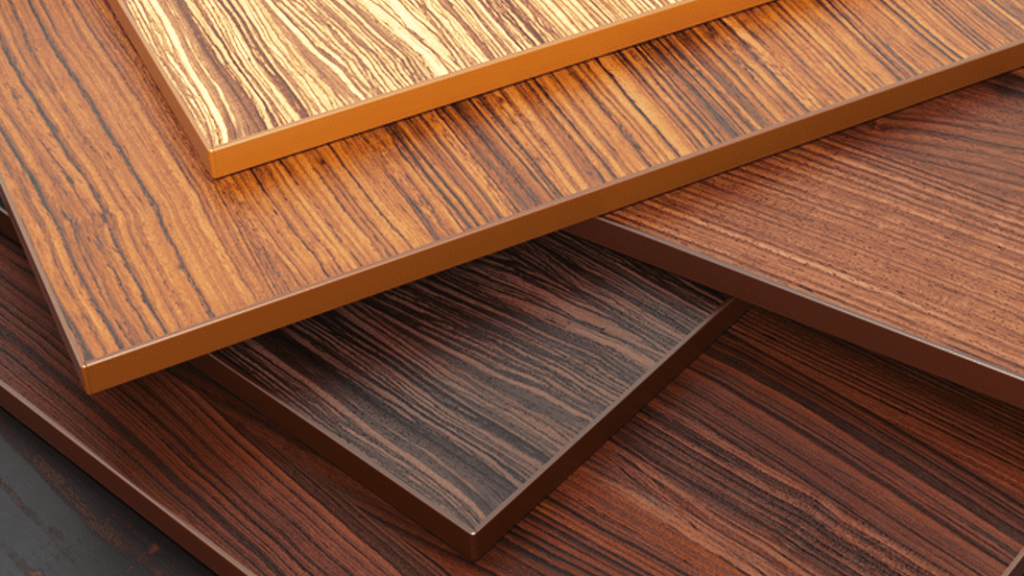
Application
has a wide range of applications, including the construction of ships (particularly decks), furniture for indoor or outdoor use, high-end joinery, flooring, paneling, plywood, decorative veneers, turnery, carving, and chemical tanks and vats.
for decorations, partitions, ceilings, wall paneling, and furniture.
Environmental
Effective waste management techniques can greatly lessen the environmental impact of plywood production. This includes effectively controlling and reducing waste produced during the production, cutting, and finishing of veneer. Businesses that place a high priority on waste reduction, recycling, and ethical disposal help to promote sustainability.

